Table of Contents
Introduction to Chipotle and Jalapeno
Chipotle and jalapeno are both popular chili peppers from the Capsicum annuum species, but they differ significantly in heat level, flavor, and culinary applications. Chipotle is a smoked and dried jalapeno pepper, which gives it a distinctive smoky depth, while fresh jalapeno offers a crisp, tangy kick. This guide provides a detailed comparison based on verified food science sources and culinary expertise to help you choose the right pepper for your dishes.
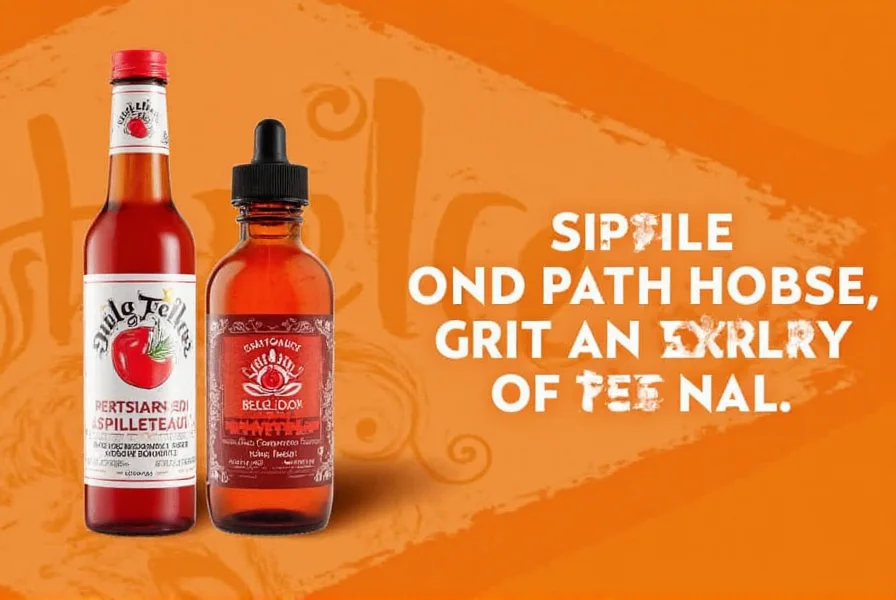
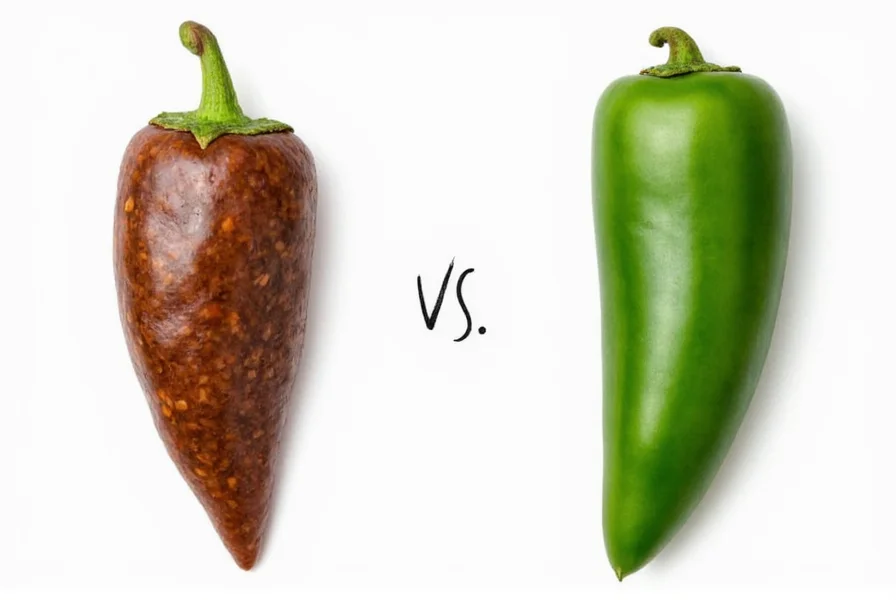
Key Differences Between Chipotle and Jalapeno
| Feature | Chipotle | Jalapeno |
|---|---|---|
| Origin | Mexico (smoked/dried jalapeno) | Mexico (fresh pepper) |
| Plant Species | Capsicum annuum | Capsicum annuum |
| Heat Level (SHU) | 2,500–8,000 | 2,500–5,000 |
| Flavor Profile | Smoky, rich, slightly sweet, complex | Crisp, tangy, bright, straightforward |
| Texture | Dried and smoked (leathery) | Fresh and crisp (firm) |
| Best Culinary Uses | Barbecue sauces, stews, mole, grilled meats | Salsas, guacamole, fresh tacos, stuffed peppers |
This table shows that while both peppers share the same botanical origin, the smoking process transforms jalapeno into chipotle, creating distinct flavor and texture profiles. Culinary experts recommend chipotle for deep, smoky dishes and jalapeno for fresh, vibrant applications.

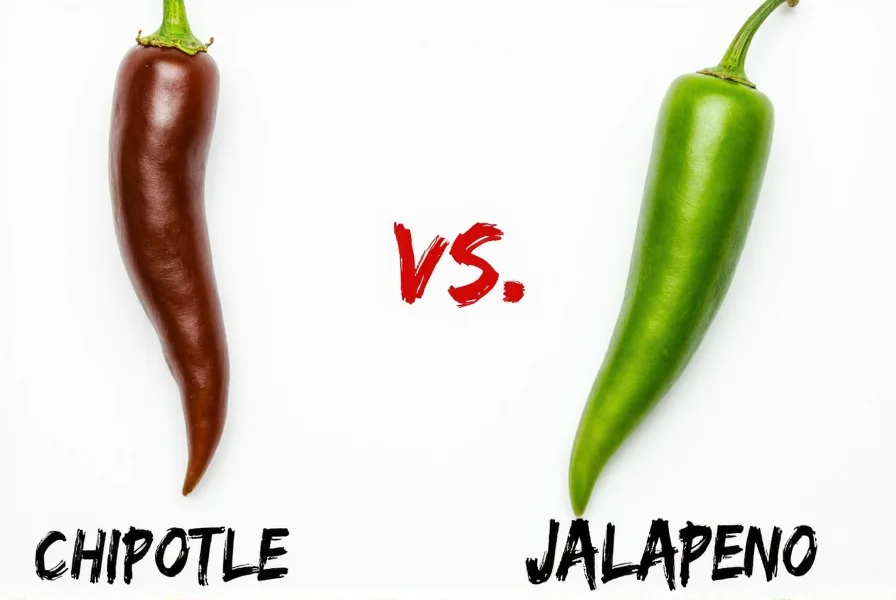
Spice Levels and Heat Perception
The Scoville Heat Unit (SHU) scale measures capsaicin concentration, the compound responsible for pepper heat. Chipotle typically ranges from 2,500–8,000 SHU, while jalapeno falls between 2,500–5,000 SHU. However, heat perception varies due to:
- Smoking process: Chipotle's smoky flavor intensifies perceived heat, making it feel hotter than its SHU suggests
- Ripeness: Red jalapenos (used for chipotle) are hotter than green ones
- Individual sensitivity: Heat tolerance differs by person
According to USDA Agricultural Research Service data, chipotle's heat lingers longer due to its smoky profile, while jalapeno's heat is more immediate but fades faster. For beginners, start with small amounts and adjust gradually.
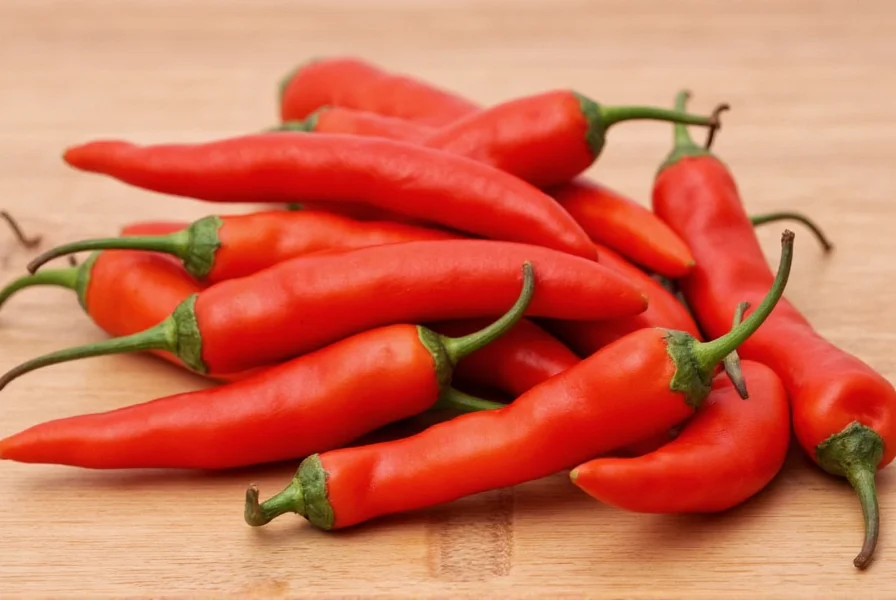
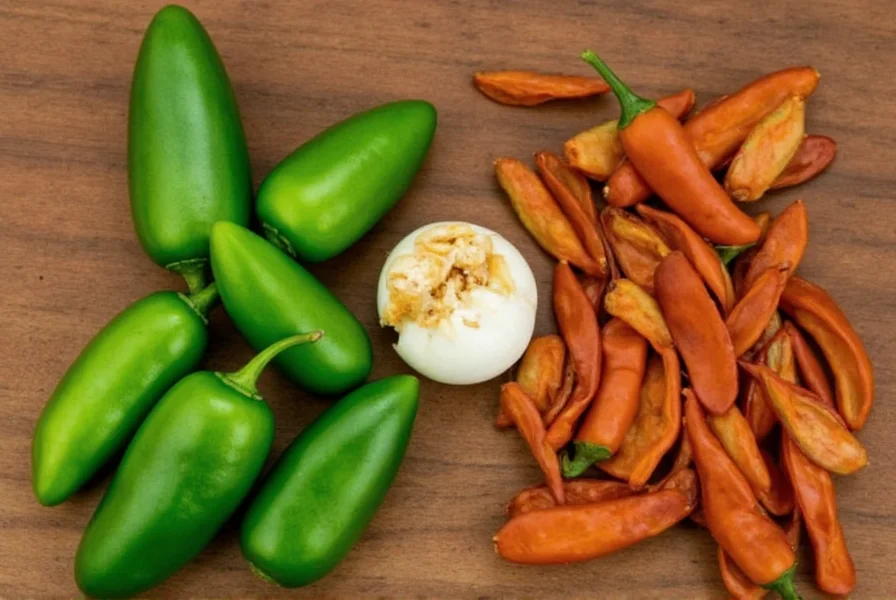
Cooking Uses and Flavor Profiles
Chipotle: Smoky Depth in Every Bite
Chipotle's smoky complexity makes it ideal for:
- Barbecue sauces and marinades: Adds depth to ribs or pulled pork (e.g., 1-2 teaspoons per cup of sauce)
- Mole sauces: Traditional Mexican dishes requiring rich, smoky undertones
- Grilled meats and vegetables: Enhances charred flavors without overpowering
- Bean dishes: Balances earthy flavors in chili or refried beans
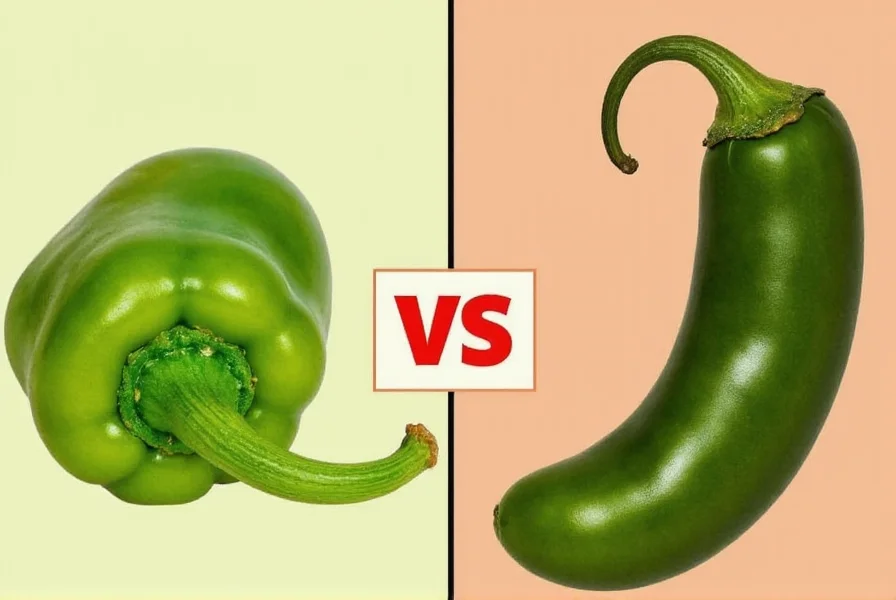
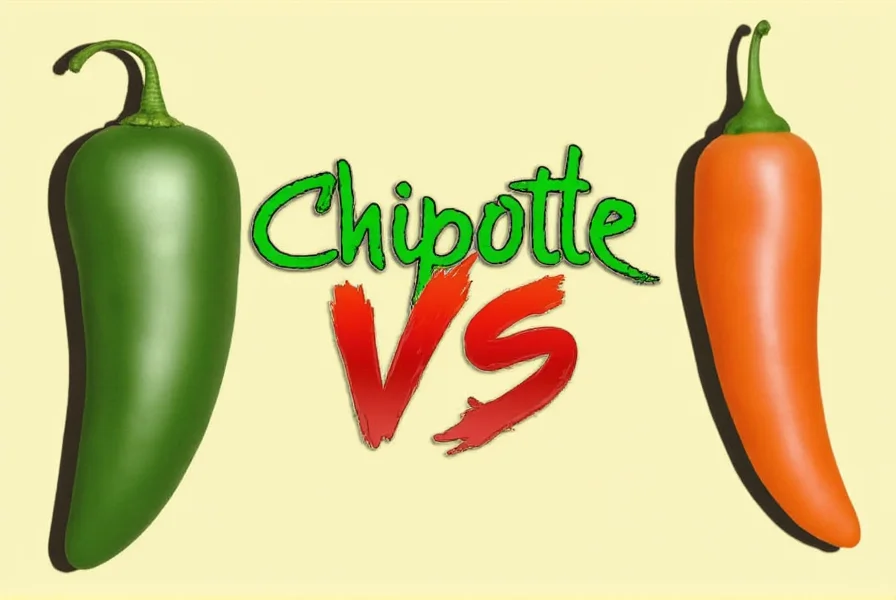
Jalapeno: Freshness with a Kick
Jalapeno's crisp texture and bright heat work best in:
- Fresh salsas and pico de gallo: Provides immediate heat without cooking
- Guacamole: Adds zesty contrast to creamy avocado
- Tacos and burritos: Sliced fresh for texture and flavor
- Stuffed peppers: Mild heat when seeds removed
Professional chefs recommend using jalapeno raw for maximum freshness, while chipotle is best rehydrated or used in cooked dishes to release its full flavor. For chipotle vs jalapeno for tacos, use jalapeno for fresh toppings and chipotle in sauces for depth.

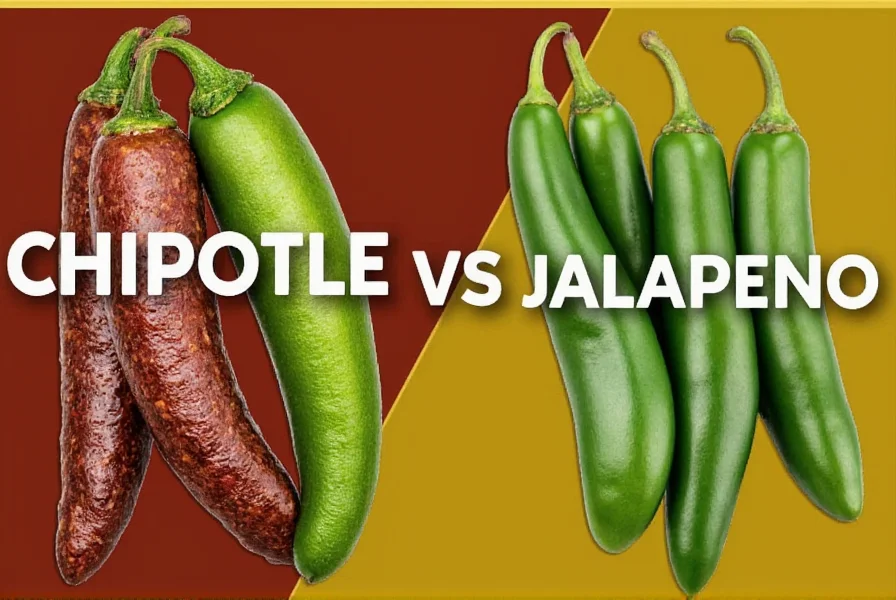
Buying Guide: How to Choose the Right Pepper
Chipotle Buying Guide
- Dried chipotle: Look for plump, dark red or black peppers with strong smoky aroma. Avoid brittle or shriveled ones.
- Chipotle in adobo: Check for vibrant red sauce without separation. Opt for brands with simple ingredients (chilies, vinegar, spices).
- Chipotle powder: Ensure it's pure chili powder without fillers. Store in airtight container away from light.
For authentic flavor, dried chipotle is best. Rehydrate in warm water for 20-30 minutes before use. How to substitute chipotle for jalapeno? Start with 1/2 teaspoon powder per jalapeno and adjust to taste.
Jalapeno Buying Guide
- Fresh jalapenos: Choose firm, bright green peppers with intact stems. Avoid soft spots or wrinkles.
- Red jalapenos: Ripe red ones are hotter and sweeter—ideal for chipotle-making or intense heat.
- Striations: Corking lines (stripes) often indicate higher heat levels and maturity.
For mild jalapeno vs smoky chipotle comparisons, select green jalapenos for lower heat and red ones for higher intensity. Store fresh jalapenos in the fridge crisper drawer for up to 3 weeks.
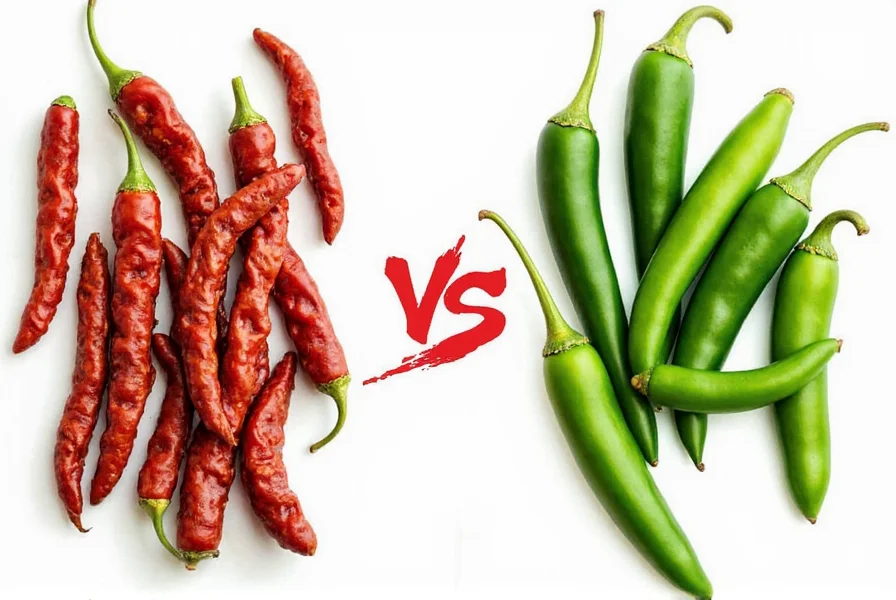
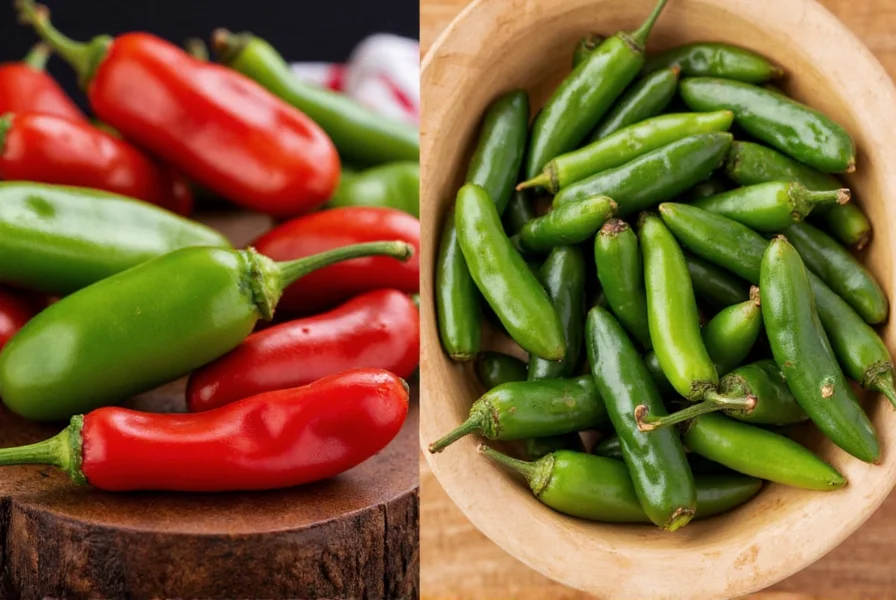
Practical Tips for Using Chipotle and Jalapeno
Chipotle Tips
- Rehydrate dried chipotle: Soak in warm water for 20-30 minutes before blending into sauces
- Use sparingly: Start with 1/4 teaspoon powder per dish—chipotle's smokiness intensifies with heat
- Pair with creaminess: Balance with avocado, sour cream, or yogurt to mellow heat
- Expert tip: For chipotle vs jalapeno for barbecue, use chipotle in adobo sauce for ribs and jalapeno in fresh salsa for tacos
Jalapeno Tips
- Remove seeds for mild heat: Seeds contain most capsaicin—discard for milder dishes
- Roast for depth: Char over flame for 5 minutes to enhance sweetness
- Use fresh for salsas: Never substitute dried jalapeno in fresh applications
- Freeze for later: Whole jalapenos freeze well for up to 6 months
When choosing between chipotle and jalapeno, consider your dish: chipotle for slow-cooked, smoky meals; jalapeno for quick, fresh preparations. For best way to use chipotle pepper, try it in chili or enchilada sauce for complex depth.
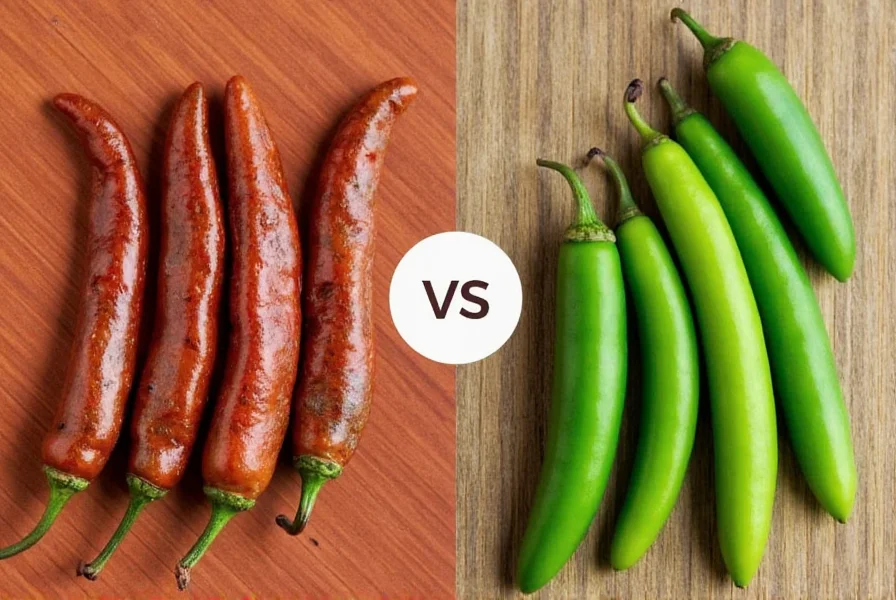
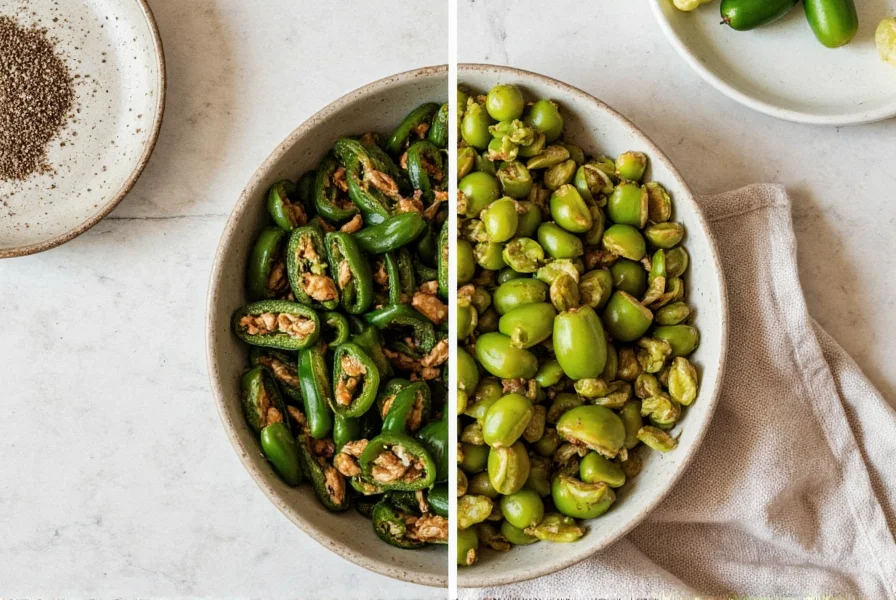
Frequently Asked Questions
What's the main difference between chipotle and jalapeno?
Chipotle is a smoked and dried jalapeno pepper, while jalapeno refers to the fresh, green pepper before smoking. Both come from Capsicum annuum, but the smoking process transforms chipotle's flavor into smoky, complex notes. Culinary experts note that chipotle has higher perceived heat due to its smokiness, while jalapeno offers brighter, crisper heat.
Which is hotter: chipotle or jalapeno?
Chipotle typically ranges from 2,500-8,000 SHU, while jalapeno is 2,500-5,000 SHU. However, chipotle's heat feels more intense because its smoky profile lingers longer. According to USDA data, red jalapenos (used for chipotle) are hotter than green ones, but the smoking process concentrates flavors. For chipotle vs jalapeno heat level comparison, chipotle generally delivers more pronounced heat despite overlapping SHU ranges.
Can I substitute chipotle for jalapeno in recipes?
Yes, but with adjustments. Since chipotle has smokier, more intense flavor, use 1/2 teaspoon chipotle powder for every jalapeno. If using chipotle in adobo sauce, start with 1/4 teaspoon per jalapeno and taste. For substitute chipotle for jalapeno in salsa, add a tiny amount of chipotle powder to fresh salsa for depth—but never replace all jalapeno with chipotle, as it alters the dish's character.
How can I make chipotle peppers at home?
To make authentic chipotle at home: 1) Use fully ripe red jalapenos (not green), 2) Smoke at 200-225°F (95-110°C) for 4-6 hours using mesquite or oak wood, 3) Dry until leathery but not brittle. Store dried peppers in airtight containers. For chipotle in adobo, simmer dried peppers in tomato-vinegar sauce. Food scientists confirm this process transforms jalapeno's flavor profile significantly.
How should I store chipotle and jalapeno peppers?
Fresh jalapenos: Refrigerate in perforated plastic bag for up to 3 weeks. Freeze whole for 6 months. Dried chipotle: Store in airtight container away from light for up to 1 year. Chipotle in adobo: Refrigerate in small container for 1-2 months or freeze for 6 months. Always minimize air exposure to preserve freshness—this is crucial for maintaining flavor in chipotle vs jalapeno storage.
Why do some jalapenos have stripes or lines?
The stripes or "corking" lines on jalapenos are natural growth patterns indicating maturity and higher heat potential. These lines form as the pepper grows quickly, stretching the skin. According to agricultural experts, jalapenos with pronounced striations tend to be 10-20% hotter than smooth-skinned ones. This is harmless and doesn't affect edibility—just a visual cue for heat level.
Conclusion
In conclusion, chipotle and jalapeno are distinct peppers from the same species, each offering unique qualities for different culinary applications. Chipotle delivers smoky depth perfect for slow-cooked dishes, while jalapeno provides fresh, vibrant heat ideal for salsas and tacos. Understanding their heat levels, flavor profiles, and best uses ensures you choose the right pepper for your recipe.
For chipotle vs jalapeno for tacos, use fresh jalapeno in toppings and chipotle in sauces. When substituting chipotle for jalapeno, adjust quantities carefully to preserve dish integrity. Remember to pair both peppers with complementary ingredients like lime, cilantro, or avocado to balance heat and highlight their natural flavors.
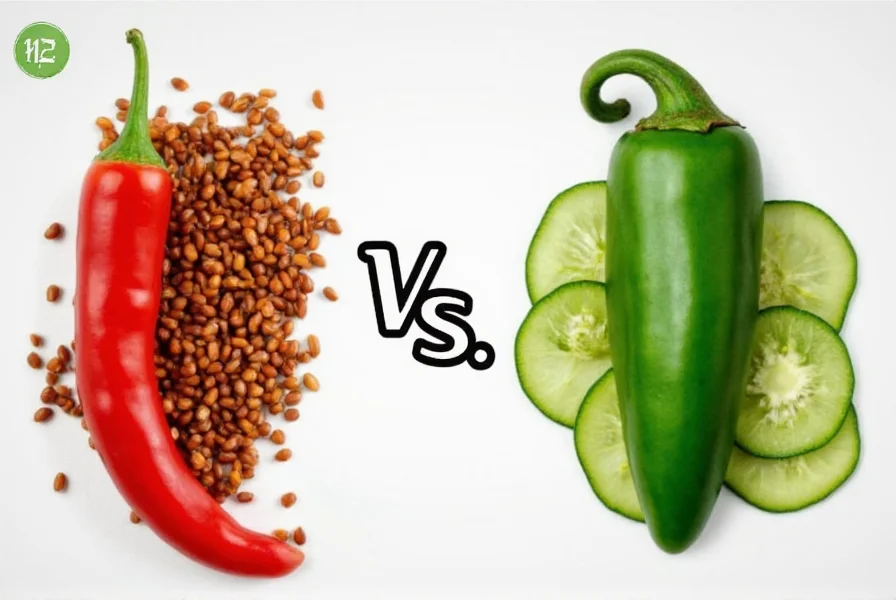
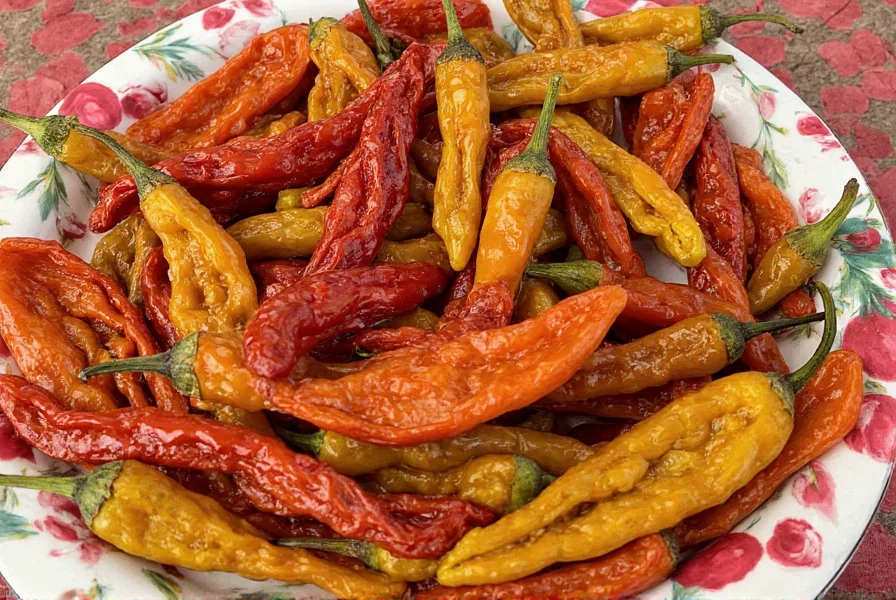
Expert tip: Always start with small amounts of chipotle—its smokiness intensifies with cooking. For beginners, try jalapeno first to build heat tolerance before experimenting with chipotle's complexity.

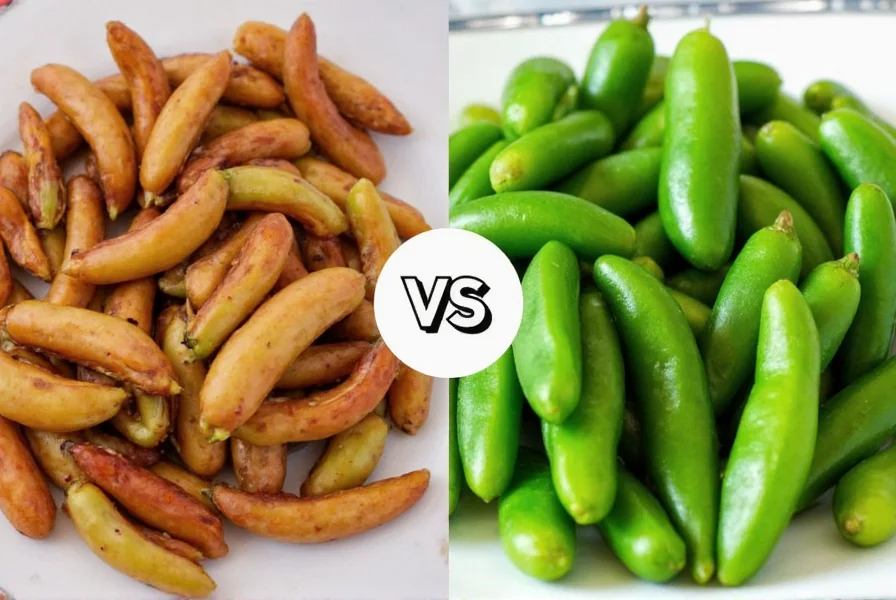









 浙公网安备
33010002000092号
浙公网安备
33010002000092号 浙B2-20120091-4
浙B2-20120091-4